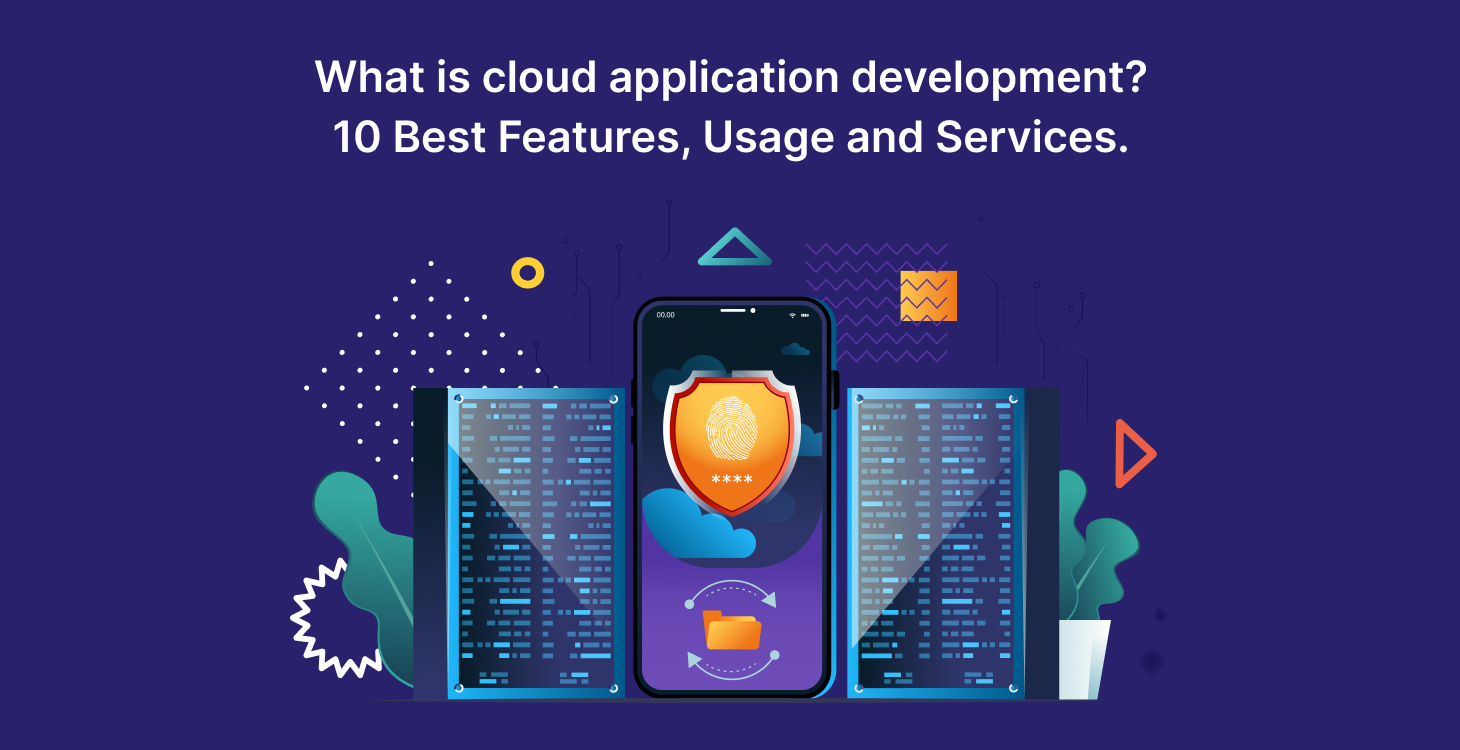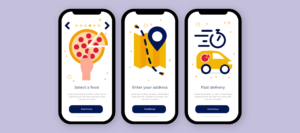In the current business environment, cloud computing is all the rage.
According to several industry reports, over 70% of digital workplaces have severe performance and storage concerns due to the growth of mobile business applications. Cloud computing is the most effective strategy for handling these difficulties.
The need for cloud application development is expanding quickly on a global scale. It is anticipated to reach $168 billion in 2025. Enterprise-level businesses served as the primary impetus for cloud app development in the past. However, this trend is already changing due to the focus on small and medium-sized firms.
What is cloud application development? What makes it unique, and how can you migrate your business to the Cloud? In today’s article, you’ll discover the solutions.
What is Cloud Application Development?
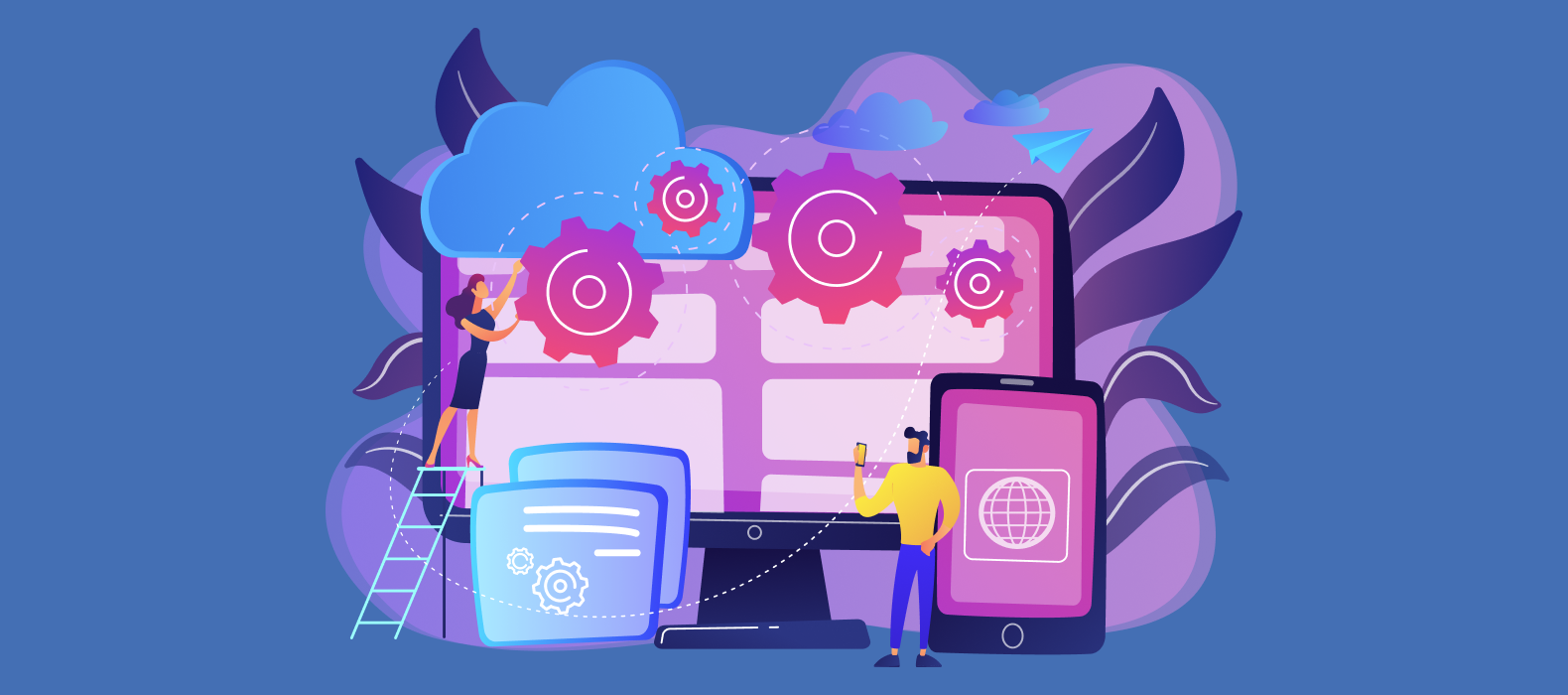
Cloud apps, usually referred to as cloud-based applications, appear to be taking over. A cloud app is one that theoretically makes advantage of Cloud-based services. Therefore, whether an app is mobile or web-based, it most likely uses a Cloud service. The degree to which they utilize Cloud services sets a Cloud app apart from a native one.
The result of businesses developing inventive and creative solutions to a wide range of issues that employ technology to accomplish things that were previously impossibly difficult is an increased reliance on the processing power of the Cloud.
Businesses can execute huge calculations and provide top-notch services because of the ability to analyze large amounts of data (Big Data) using IT infrastructure held by third parties.
Cloud server solutions, in particular, have made it possible for numerous web-based Cloud applications, commonly referred to as web apps. Web apps are typically created using Cloud application development services, with most processing taking place on the Cloud rather than on the actual device. The popularity of a new type of web app known as a Progressive Web App (PWA) is also rising.
How Do Cloud-Based Apps Operate?
Remote servers do the data processing with the necessary processing power while users interact with an app via their web browser or mobile device. These servers act as cloud storage in the case of cloud application development.
As a result, a user’s phone or computer acts as a “facade” or input device, with the Cloud bearing the brunt of the processing. Digital storage helps the programme run quickly by greatly offloading the device’s processor.
Particularly pertinent for apps that enable real-time user engagement is cloud-based development. For instance, users must reveal their location and converse in real time with on-demand delivery and transportation apps. One of the best solutions for enabling such real-time processing is the Cloud.
What we mean by “data” in this context is another query. These are databases – collections of file records that store data on users and the app (user account ID, data validation, data transfer).
Best Features of Cloud Application Development

If you’re new to the cloud computing industry, you might require some justifications for selecting cloud-based application development. Here is a summary of the key features of cloud application development that contribute to their allure.
1. Simplicity:
Cloud application development typically include pre-built services and other tools to speed up and simplify the creation of cloud apps. For instance, cloud services can resolve various problems by creating cloud-native applications or simplifying the process of making architectural decisions.
2. Managing data:
Quick access to customized data and real-time client input is made possible by cloud applications. This prompt feedback eliminates the “garbage in, garbage out” issue. Incoming irrelevant input produces inaccurate findings. Quick feedback aids in the definition of the required data.
3. Data security:
Common security requirements must be followed during cloud app development. Your data won’t be a simple target for hackers and data thieves, but this does not mean you will be completely protected. Additionally, it aids in adhering to laws and regulations. 91% of businesses claim that switching to the Cloud enhanced compliance.
4. Regular updates:
System administrators are responsible for all updates once software has been installed on a physical device. A platform support team will be concerned with this for developing cloud-based apps. The proprietor of the cloud application needs more work.
5. Cost-effectiveness:
Each cloud application development needs certain hardware and software requirements to run properly. The greatest solution is sometimes to buy everything and build infrastructure from scratch. However, it is possible to construct and launch cloud apps here and rent the infrastructure in a cloud platform.
For instance, everything is provided by Amazon Web Services (AWS), from hardware to various cloud services. Consequently, a business owner can oversee all operations using just one laptop or even a smartphone.
6. Scalability and flexibility:
It is simpler to buy more cloud services from the cloud platform than more RAM sticks if you need to extend or modify your cloud programme. Why?
Adding extra RAM (Random Access Memory) sticks may slow your computer’s performance. Many of your files will be moved to a cloud storage provider as part of your storage optimization with the cloud solution. The workflow on your platform is made better by moving your data to cloud storage.
Another big feature of cloud apps is flexibility. People can access data from any device with an Internet connection due to cloud solutions.
7. Store information:
To provide offline access to data, the cloud infrastructure might momentarily store data on a user’s device. The cloud app gets updated and transfers the created data from offline to the cloud storage location once the user is back online.
8. High competitiveness:
Any software solution has a competitive advantage if it can grow and change. Compared to stationery software, cloud-based solutions are advantageous since they are easily expandable.
9. Remote work:
Any world can plan, build, deploy, and utilize cloud application development. It is crucial for clients and creates opportunities for various forms of distributed teamwork.
10. Browser capacities:
A desktop, tablet, or mobile device that is connected to the Internet can be used to access a cloud application development. The user can become independent of browser capabilities due to this.
Types of Cloud Application Development
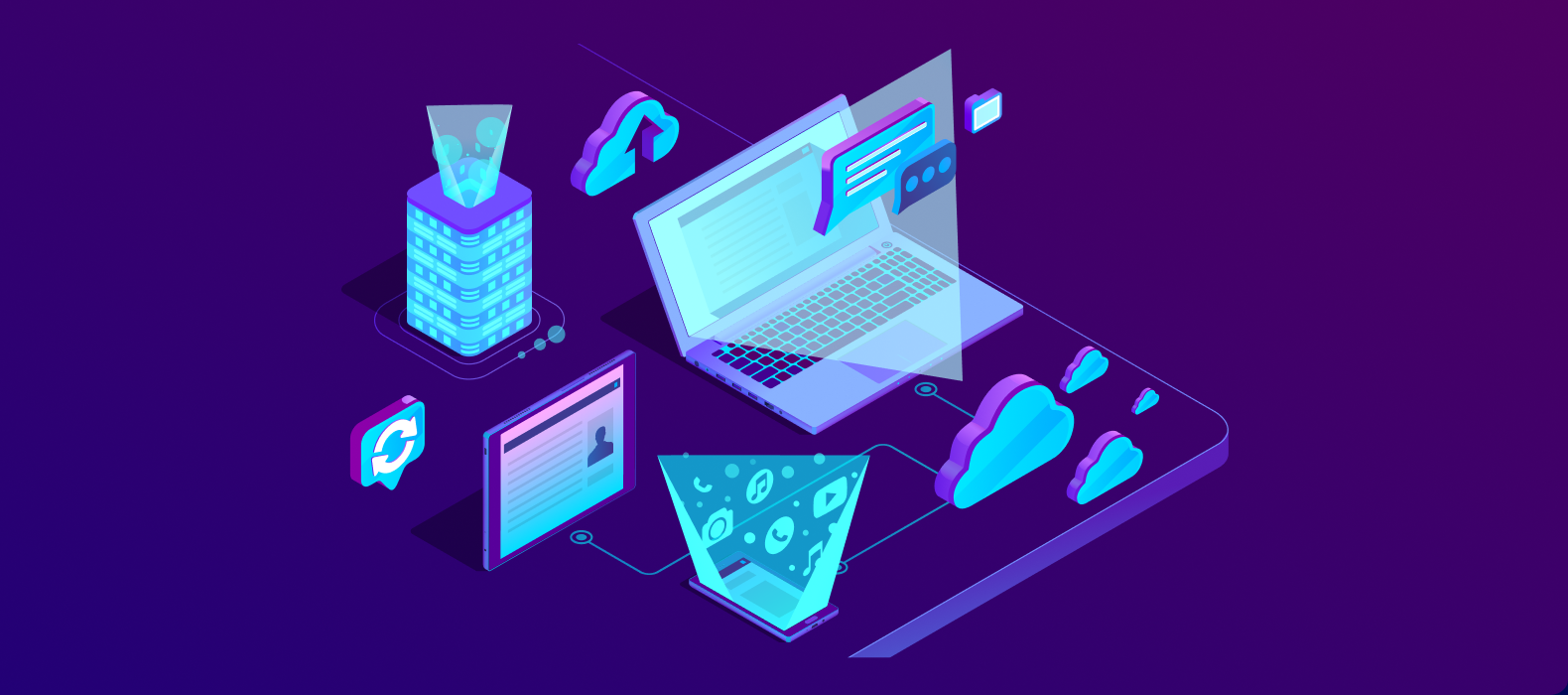
You can only move further with cloud application development if you choose the kind of app you want to build. We at Pairroxz want to make those things clear to you. The first important thing for you to understand is that there are various ways to categorize cloud-based apps. The most common division focuses on variations in app architecture:
1. Software as a Service (SaaS):
SaaS refers to developing cloud applications through mobile and online browsers. Without actually configuring or installing the applications on the device, SasS enables users to access the applications online.
Development of SaaS cloud applications can be used for:
- Managing client databases and CRM (Customer Relationship Management) systems
- Automating the purchase of goods and services
- Supplying email tools, auditing features, etc.
- To schedule upcoming events, the entire company should share agendas and calendars.
- Organizing documents for collaboration and file sharing.
A few software behemoths that have invested in creating SaaS cloud apps include AWS, Salesforce, Google Apps, Zendesk, etc.
Examples — Google Drive, Google Docs
2. Infrastructure as a Service (IaaS):
In IaaS cloud services, your provider maintains all aspects of your company’s infrastructure, including the network, servers, storage, and visualization. Either a private or public cloud can be used to administer this infrastructure. Additionally, in addition to managing the resources, IaaS cloud services provide a wide range of other services for the creation of cloud-based applications, including:
- Detailed bill
- Tracking
- Tools for resiliency (backup recovery and replication)
- Security measures ( PCI-DSS compliance, data encryption protocols)
- Balanced loading
- Clustering
To use IaaS cloud services, you can use an admin panel or API. Furthermore, while your cloud service provider handles resources for cloud app development, you can manage your software and operating systems.
Examples — Google Compute Engine, Amazon Web Services, Microsoft Azure
3. Platform as a Service (PaaS):
With PaaS, you may use cloud providers for infrastructure, operating systems, and development tools to rent any service and resource you need to create an application. This means that you will use a complete cloud application development platform (software and hardware) to create cloud apps.
The development of PaaS cloud apps can be utilized for
- Running programmes
- Infrastructure for executing a database
- Tools for development
- Middleware
The PaaS cloud platforms Openshift, Windows Azure, and Heroku are a few popular ones.
How Much Does it Cost to Develop a Cloud Application Development
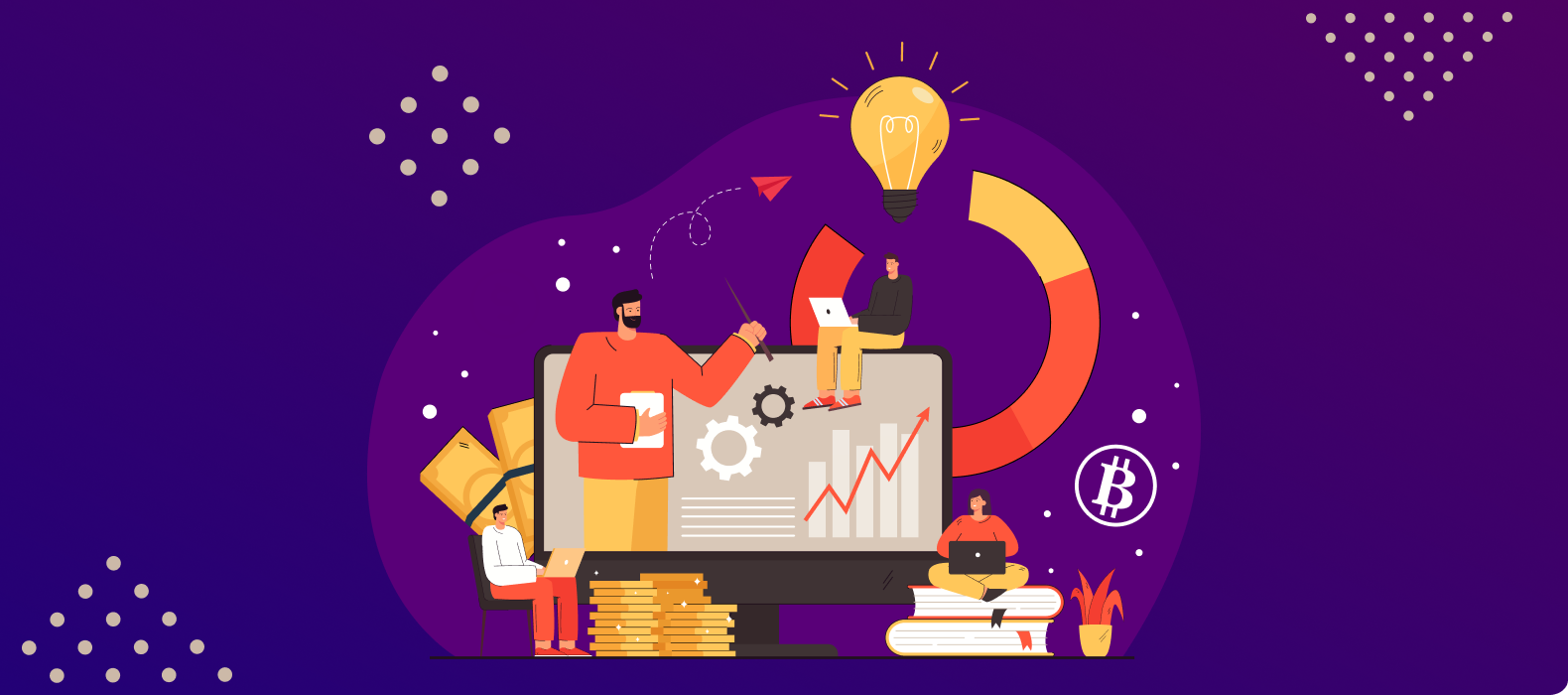
We already mentioned that cloud-based programmes come in all shapes and sizes. It could be an application, operating system, database, microservice, etc.
When developing a SaaS application, you should take the following into account:
- project’s remit;
- put functionality in place;
- The software development team’s cost
1. Project’s remit:
If you’re going to build the initial cloud application development, keep it straightforward. Develop one tool at a time in the beginning. The prices in this instance will be reasonable.
Simple cloud applications can be developed for $500. However, be prepared to invest $15,000 or more if you want something more advanced than a basic microservice. It will take 200–600 hours to construct the Cloud.
2. Implemented functionality:
You can include some appealing features when you are skilled at creating cloud-based applications. They will also affect how much the final item costs.
Cloud platforms provide some common features for all apps. Role-based access, an analytical dashboard, CRM, analytics, and other features are included. You could add to the list.
Cloud apps that are medium and complicated can require 1000+ hours of development effort and start at $50,000. This cost is estimated to be between $50 and $60 per hour, which is medium to low.
3. The software development team’s cost:
The location of your development business is one of several variables that affect how long it takes to construct a cloud-based programme.
The time it takes to develop a cloud-based app might range from a few months to many years. The type of application, the size of the team, and a host of other variables all have a role.
An approximate cost estimate for cloud application development is as follows:
- Typically, SaaS cloud application development services range in price from $500 to $500,000, depending on the project you’re working on.
- Depending on the team’s contribution, a simple cloud application might cost you between 200 and 600 hours to develop and roughly $15,000.
- A medium-to-complex cloud application development requires approximately 800+ hours of development time and costs between $25,000 and $50,000.
The cost of cloud hosting is separate from the range mentioned above. Any hosting platform, including AWS, Microsoft Azure, and GCP cloud hosting, is an option.
Your cloud application development service provider can provide a precise cost estimate for creating a cloud app while considering all relevant factors.
The best thing about cloud app development services is that you won’t have to worry about server costs, hardware challenges, or data storage problems of any kind. However, managing the development of cloud-based solutions is difficult because there are constantly new obstacles to overcome.
Wrapping up:
Although there is still much to learn about cloud application development, we have already covered a lot of ground. Cloud-based apps have enormous promise for your company, but creating them requires time, knowledge, and money. You don’t have to figure things out alone, which is fantastic news.
Pairroxz provides services for developing custom web applications. You can discover more about our app development services or contact us if you’re interested in creating a cloud-based application for your business’s internal usage or the benefit of your clients.
FAQs
Question 1: What are technologies based on the cloud?
Applications, services, or resources made available to customers on demand through the Internet from the servers of a Cloud computing provider are referred to as “cloud-based technology.”
Question 2: How do cloud-based apps function?
A cloud-based application accessed through a web browser and a constant internet connection relies on remote servers for processing logic.
Question 3: What distinguishes cloud application development from a web application?
The cloud-based programme can synchronize data with a server online and process data on the client’s device when it is offline. A constant internet connection is necessary for web applications to function.
Question 4: What does “cloud-based app” mean?
A “cloud-based application” software program uses the Internet for data processing and storage. There is a data exchange between two systems—one server-side and one client-side.
Question 5: Which cloud application development is the most prevalent example?
A prime example of a cloud application is Google Docs or Office 365. All you need to use any of these cloud applications is a device that can run a web browser and a working internet connection. Data storage, functionality, and interface are all provided via external servers.
Question 6: What are some of the newest trends in cloud computing for 2023?
Recent market trends for cloud computing include some of the following:
- cloud AI
- quantum computing
- Cloud Native applications
- Intelligent SaaS
- Kubernetes

